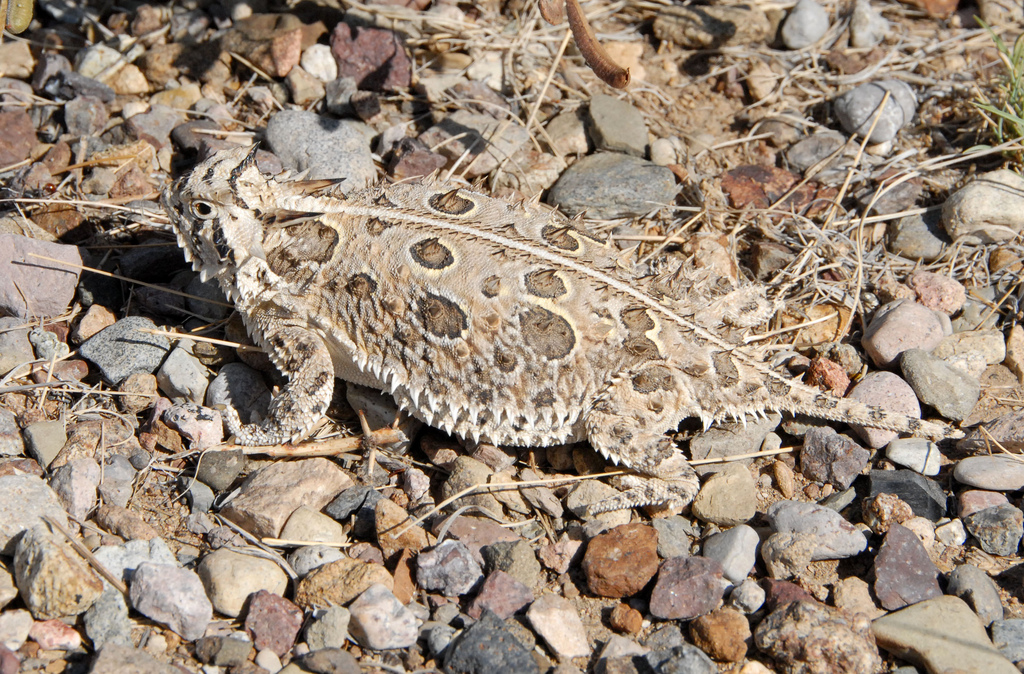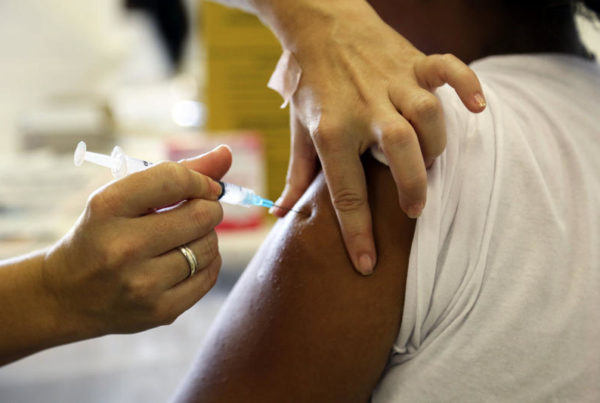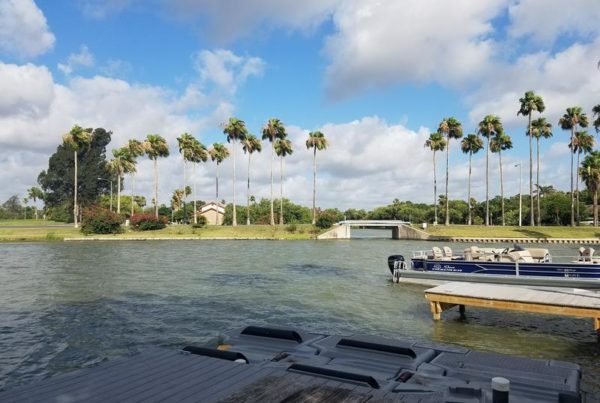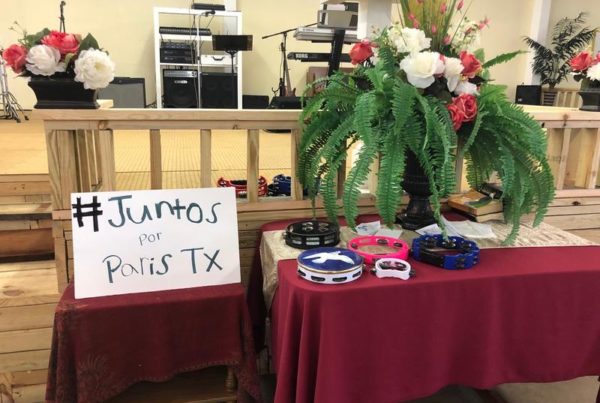There was a time when Texas horned lizards were found all over the state. But these days, you might have better luck spotting these cute Texas reptiles, nicknamed “horny toads,” on a license plate or at a TCU football game than in the wild.
The reptile’s population has been decimated by destruction of habitat and an increase in the prevalence of fire ants. But the Texas Parks and Wildlife Department is trying to reverse that trend with a breeding program to revitalize Texas’ state reptile. Just last week, a new set of hatchlings was released at a Central Texas wildlife management area, as a first attempt, but hopes are high to reestablish the horned lizard’s population.
The horny toad is one of 1,300 species of concern in Texas.
“We don’t know yet what effect this is gonna have. We’re still on the learning phase of this whole project. This is our first endeavor to release a large quantity of hatchlings,” says Nathan Rains, a wildlife diversity biologist for Texas Parks and Wildlife.
Parks and Wildlife has maintained a partnership with the Fort Worth Zoo and TCU from the beginning of the program, almost ten years ago. The Dallas Zoo recently joined this effort.
“We all work together, we collect some adult lizards in the wild, introduce them to the zoo and they have a whole operation where they breed these lizards and produce the hatchlings for us,” says Rains. Then, 30-40 baby lizards are released in conserved habitat areas,” Rains says.
As horned lizards have moved west, their numbers have decreased.
“Historically, they were arranged all over east Texas. In the last 40 or so years that population has just receded westward. You don’t find them much in central Texas anymore. You don’t find them at all in east Texas, but [they’re] still pretty abundant and seem to be stable in west Texas, Panhandle [and the] south Texas area,” Rains says.
The lizards are protected because of their natural mortality rates. And, even though they are considered a “resilient” species, they should not be picked up or disturbed, if you encounter one in the wild.
“Predators have a real impact on the species, so any given year, only 10-30 percent of them survive. That’s the nature of the species,” Rains says.
Written by Alvaro Céspedes.
















